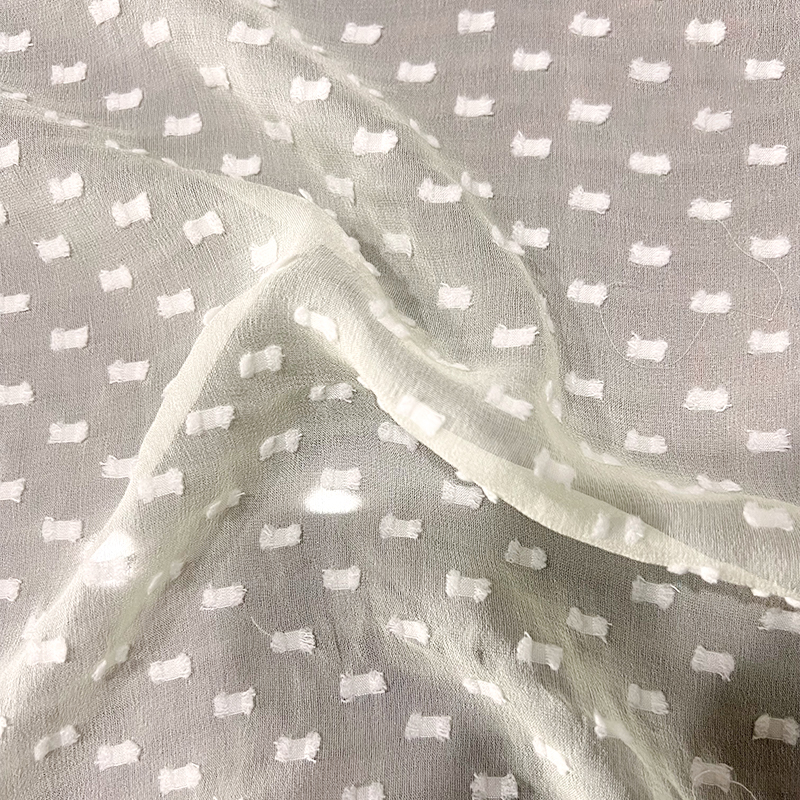In terms of sustainability, how do the waste reduction strategies differ for clip jacquard fabric production compared to other woven textiles?
In clip jacquard fabric production, waste reduction strategies differ from those used in other woven textiles due to the nature of the clipped yarns and the complexity of the weaving process. Here are some key distinctions:
Minimization of Yarn Waste in Clipping – Unlike traditional jacquard fabrics, clip jacquard weaving involves extra floating yarns that are later clipped to create patterns and textures. This process generates fiber waste, but manufacturers can optimize clipping precision and recycle leftover yarns into other textile applications, such as composite materials or nonwoven products.
Optimized Yarn Usage – Advances in weaving technology allow for better control of floating yarns, reducing unnecessary excess in the clipping stage. Computerized jacquard looms can optimize pattern designs to minimize waste without compromising fabric aesthetics.

Recycling of Clipped Fibers – The clipped threads from the jacquard process can be collected and repurposed into recycled yarns, insulation materials, or textile composites. This contrasts with plain-woven fabrics, which typically generate less direct fiber waste but may produce offcuts during garment manufacturing.
Sustainable Fiber Selection – Many manufacturers opt for biodegradable or recycled fibers (e.g., organic cotton, Tencel, or recycled polyester) in clip jacquard fabrics to offset the environmental impact of fiber waste. Traditional woven fabrics may not always incorporate such considerations in production.
Energy and Water Efficiency in Processing – Since clip jacquard fabrics may require additional finishing treatments to stabilize clipped yarns, sustainable practices such as low-water dyeing, digital printing, and enzymatic treatments are increasingly used to minimize environmental impact compared to conventional woven textiles.
Pattern Engineering for Waste Reduction – Design strategies in clip jacquard weaving can incorporate seamless patterns that require less clipping, thereby reducing material loss. In contrast, standard woven textiles focus more on optimizing fabric width to minimize cutting waste in later stages.
Integration with Circular Economy Practices – Some textile producers integrate clip jacquard production into a closed-loop system where excess fibers and clipped waste are reintegrated into the supply chain, a strategy less common in simpler woven textiles.


 中文简体
中文简体 Français
Français Deutsch
Deutsch italiano
italiano
 previous post
previous post






















